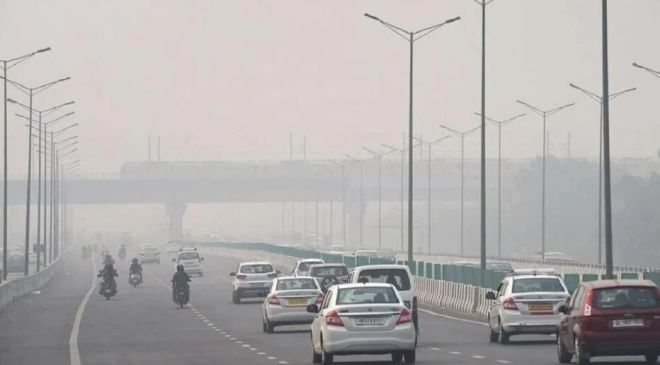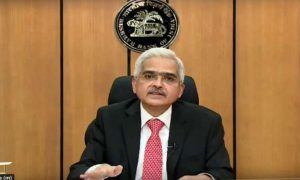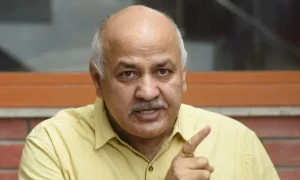Delhi environment minister Gopal Rai launched Green War Room on Monday, which will monitor the air quality levels of the city 24X7 and stubble burning, and implement strategies based on the data to overcome smog — a spectre Delhiites and authorities have been fighting during this time of the year.
The Green War Room will be manned by 12 personnel, including scientists, ‘green fellows’ and trainee engineers. Two screens will give live data of different indicators such as AQI levels, stubble burning, data from the ‘Green Delhi App’, real-time source apportionment and more. “24×7 monitoring of the AQI level at different stations, stubble burning real-time source apportionment once it begins, analysing data and preparing the strategy for implementation will be done by the Green War room under the winter action plan,” said Rai on Monday.
Rai said the inputs of the Green War Room, live analysis of hotspots’ played a crucial role in keeping an eye on the implementation of directives issued by the government on the ground and well as fine-tuning strategy last year.
The Delhi government’s anti-dust campaign will kick off from October 6.
Dr BM S Reddy, environmental scientist and engineer, will head the Green War Room team. Assistant in charge NK Joshi and environmental engineer and scientist Dr Nandita Moitra will be in Reddy’s team along with nine others who will look into the complaints, which come in through the ‘Green Delhi App’. The government had appointed 28 ‘green fellows’ last year, who in turn, assisted scientists and other officials in the environment department.

Rai said the ‘Green Delhi App’ has received 54,156 complaints from various parts of the city, of which 90% have been resolved. The minister also said a deeper analysis of the complaints revealed that the maximum complaints were regarding the Municipal Corporation of Delhi (32,573), followed by Public Works Department (9,118) and Delhi Development Authority (3,333). Gopal Rai also appealed to the people of the national capital to “participate” in the efforts of the government to fight pollution.
A CSE study conducted between October 24 and November 8, 2021, quoted by the minister, showed that 31% of air pollution is due to local sources while the rest comes from the surrounding states.
Dr Nandita Moitra, who will analyse data on air quality in the Green War Room, cited data on Monday from the Delhi Pollution Control Committee (DPCC) that showed a decrease in the annual average of PM 10 and PM 2.5 levels in Delhi between 2012 and 2021 by 40% and 31%.
Taking off from that, minister Rai said, “The annual average PM 10 level was 368 in 2021, after a 10 years’ effort… Similarly, PM 2.5 was 168 in 2012, and today, it is 113. There has been a 40% reduction in PM 10 levels and a 31% reduction in PM 2.5 levels, this is a big achievement of the people of Delhi and this has happened because of the cooperation of all.”
Rai reeled off DPCC data of 13 hotspots in Delhi and drew a comparison between the figures of 2018 and 2021, and argued that there has been some dip in levels of PM 10 and PM 2.5. From 2018 to 2021, PM 10 has gone down by 20 % in Jehangirpuri, by 8% in Narela, 22% in Ashok Vihar, 15% in Vivek Vihar, 21% in Punjabi Bagh, 21% in Dwarka, 32% in Mundka, 26% in Rohini, 24% in Wazirpur, 15% in Okhla, 16% in Bawana, 25% in Anand Vihar and 22% in RK Puram, he said.



































